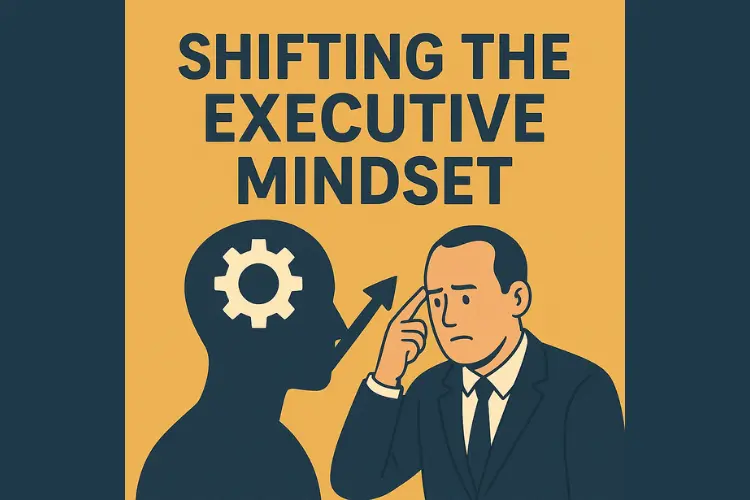Introduction
Artificial Intelligence (AI) dominates today’s business conversations. From boardrooms to investor decks, AI is seen as the magic key to transformation. But reality often tells a different story. Many projects stall, budgets balloon, and leadership loses faith. The issue is not whether AI has value. The issue is how companies approach it.
This blog will break down why AI hype causes so many failures and what businesses can do differently. We’ll uncover the “build trap,” highlight common budget mistakes, and explain why engineering and integration matter more than flashy tools. By the end, you’ll know how to avoid hype-driven pitfalls and create AI systems that actually deliver ROI.
The AI Hype Problem
AI promises innovation, speed, and new revenue streams. But hype clouds judgment. Too many executives chase AI headlines rather than business needs. They see competitors adopting AI and feel pressure to follow. Instead of asking “What problem are we solving?” they ask, “Which tool looks impressive?”
This mindset is dangerous. Hype-driven adoption rarely matches expectations. A chatbot that looked great in a demo fails when faced with real customer queries. A predictive model produces insights, but no one integrates them into workflows. Soon, the project becomes another expensive experiment.
The lesson is clear: hype doesn’t pay the bills. ROI-driven strategies do.
The Build Trap in AI
One of the biggest reasons AI projects fail is the build trap. Companies build systems because they can, not because they should. They chase trends and forget to align with real business outcomes.
For example, a retailer might build a recommendation engine because “everyone else has one.” But if data is fragmented or customers already use third-party platforms, the tool adds little value. The result? Months of work, high costs, and minimal impact.
The build trap is avoidable. The solution is simple: define success before building. Ask:
- What problem are we solving?
- How will this tool integrate into our processes?
- What measurable outcome do we expect?
A fractional CTO can help companies escape this trap. With strategic oversight, they ensure AI projects align with business goals and technology realities.
Budget Blunders and Hidden Costs
Another reason projects fail is poor budgeting. Many leaders underestimate costs. They assume an AI tool is like a plug-and-play app. In reality, implementation requires training, customization, integration, and ongoing monitoring.
Hidden costs often include:
- Cleaning and organizing data
- Building secure pipelines
- Training staff to use AI outputs
- Continuous model updates
Generic AI tools often look cheap upfront but fail to deliver long-term value. Custom builds, while more expensive initially, often generate higher ROI because they match company needs.
Budgeting for AI requires transparency. Leaders must plan for not only development but also maintenance. A fractional CTO can map these costs clearly, avoiding financial surprises later.
The Critical Role of Integration & Engineering
Good engineering is the backbone of successful AI. Yet many projects collapse because leaders ignore this fact. They assume AI tools will work in isolation. But without integration, even the best algorithms fall short.
For example, an AI model predicting customer churn is useless if it doesn’t feed into a CRM system where teams can act. A fraud detection tool means little if banks cannot integrate it into transaction pipelines.
Integration demands skilled engineering. Data pipelines must be secure, APIs must connect, and workflows must adapt. Companies that ignore this step end up with silos of unused AI.
A fractional CTO ensures engineering is not an afterthought. They align data, systems, and people, making AI a functional part of business, not just a side project.
Hidden Gains of Internal AI
Public-facing AI gets the headlines, but the real wins often come from internal AI. Automating back-office operations can deliver massive efficiency without the noise of customer-facing tools.
Examples of hidden gains include:
- Automating invoice processing
- Improving supply chain predictions
- Enhancing HR recruitment screening
- Streamlining compliance and reporting
These improvements rarely make headlines, but they save time, reduce errors, and cut costs. Internal AI often delivers ROI faster than flashy front-end tools.
Companies that embrace custom internal solutions consistently outperform those chasing off-the-shelf tools. The secret lies in aligning AI with real workflows instead of generic promises.
Shifting the Executive Mindset
AI success requires a change in mindset at the executive level. Leaders must shift from chasing hype to demanding ROI. This means asking different questions:
- Instead of “Which tool looks exciting?” ask, “What outcome do we need?”
- Instead of “How fast can we launch?” ask, “How well will this integrate?”
- Instead of “What are competitors doing?” ask, “What problem are we solving internally?”
Executives who take this approach make smarter investments. They focus on measurable gains, not vanity metrics. They also create a culture where AI supports business goals rather than distracts from them.
A fractional CTO can play a vital role here. They bridge the gap between technical teams and executives, translating hype into strategy. With their guidance, leadership avoids expensive mistakes and builds AI systems that scale.

How StartupPack Can Help
At StartupPack, we specialize in helping businesses cut through AI hype. We don’t just recommend tools. We align AI with your actual business needs.
Here’s how we help:
- Integration first: We ensure AI connects with your systems.
- Custom builds: We design AI tailored to your goals.
- Engineering focus: We prioritize pipelines, data, and workflows.
- Strategic oversight: We provide fractional CTO support to guide decisions.
Our goal is simple—deliver ROI, not experiments. We help companies build sustainable AI strategies that work now and scale later.
Conclusion
The truth is simple: AI hype misleads, but ROI-driven strategies win. The build trap, budget blunders, and poor integration derail most projects. Success comes from good engineering, strong leadership, and smart internal automation.
Companies that rethink their approach will turn AI from a flashy experiment into a growth engine. With the right guidance, your business can avoid the common pitfalls and unlock measurable gains.
At StartupHakk, we believe the future of AI belongs to companies that prioritize value, not hype. Let’s move beyond the noise and build systems that truly deliver.




